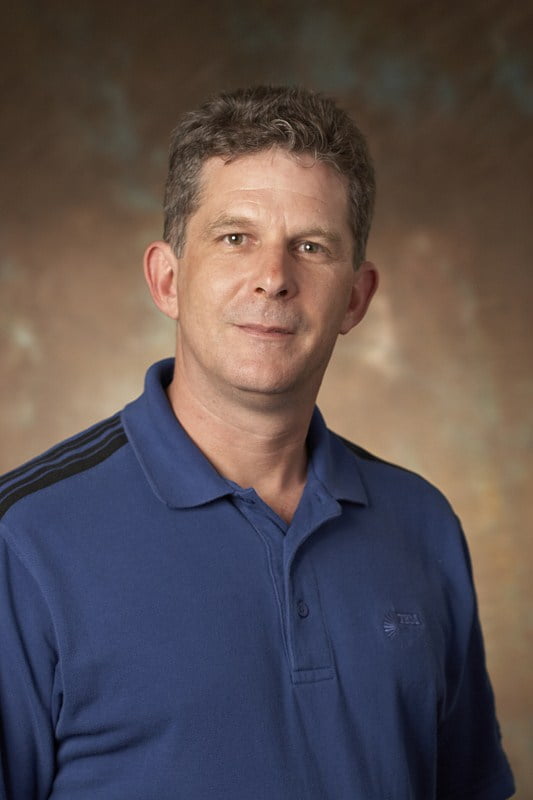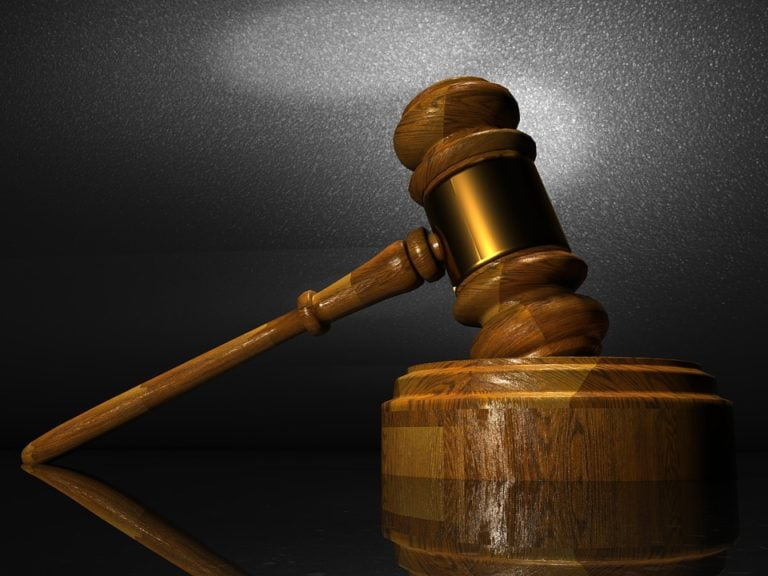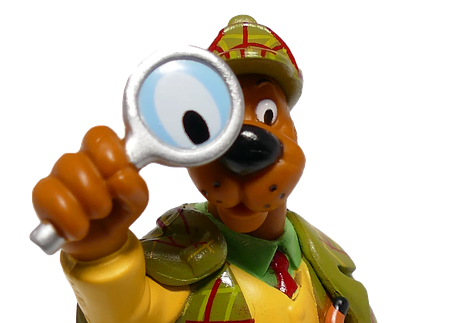Total Productive Maintenance: 8 Steps to Better Equipment Reliability, More Capacity & Sustained Improvement
You’ve launched your continuous improvement (CI) initiative. Product lines have replaced process villages. There’s more floor space. Supervisors and executives are closer to the gemba after experiencing 5S, visual factory and Managing for Daily Improvement. Standard work has made abnormalities more visible, and Six Sigma methodology has corrected problems that have plagued the operation for years.
The results are showing on the bottom line, and Accounting has credited your CI effort as a large contributor. Fair skies and smooth sailing, right? Well, partially right. Momentum like this—effectiveness like this—needs growth to sustain.
But many organizations are hesitating to make investments needed for growth. Often the roadblock is finding, preserving, and expanding manufacturing capacity.
The tenuous global economy has held back some capital investment, but some company leaders could also be cautious because they have been dissatisfied with equipment lifespan and/or lifecycle costs despite using Total Productive Maintenance (TPM) as part of a Lean/Six Sigma program.
If TPM did not produce results or sustainment at your company, perhaps it was because you took a tools approach rather than a systems approach. Instead of being viewed as a fixit (or fixit-prevention) measure, TPM should become the foundation of a larger maintenance vision that supports strategic high-level goals.
Equipment-Maintenance Challenges
First, let’s look at equipment-maintenance challenges that are common among manufacturers and cause problems such as downtime, reduced speed, product yield and the unknown costs/availability of parts and time associated with restoration of lost capacity:
- Austerity has forced a general degradation of equipment condition in the past decade. The maintenance skills base has eroded due to attrition, a decline of technical school graduate availability, and a tendency among companies to drop maintenance mentoring/ apprenticeships. Maintenance departments often lack basic and specific skills, and few have taken the time to quantify the gap, let alone plan to bridge it. In addition, maintenance organizations can lack a vision and a structure that focuses on effectiveness.
- Production departments are focused only on “making the numbers.” Basic daily care and equipment monitoring are not performed by the person who is operating or tending the equipment. We find operators using workarounds and special tricks and tools to limp things along. Some of these are good ideas but are seldom shared as best practices. Others are contributing to advanced equipment decline as problems go unreported and some are downright dangerous.
- Computerized Maintenance Management Systems often are not in place or poorly used. No useful data is available quickly—equipment history or spare parts inventory/cost. Good data and history are essential for making good decisions about modifying preventive maintenance, stocking or ordering spare parts, and upgrading or purchasing equipment.
- Maintenance and Production don’t partner and share ownership of the equipment. If maintenance skills are below par and spare parts are not tracked or managed, preventive maintenance likely takes too long and causes significant equipment downtime. The other result is that everyone sees that Production does not value equipment maintenance. When equipment is not released for regular service time after time, it sends a bad message. Both of these scenarios promote/reflect a lack of trust and an inability to make and keep agreements.
To address the problems that result from these challenges, some have held a TPM event, which can be a great start—but a start alone is not a long-term plan to find, preserve and create manufacturing capacity necessary for growth.
Creating TPM Systems for Long-Term Benefits
The reason many TPM events don’t show payback or don’t sustain is that they are one-offs: The systems that support the equipment effectiveness are not put into place; the measures that support the effort are not created; or the wrong measures are forced.
(The other option has always been buying new equipment. While there’s a time for this, I’d suggest that we put the systems into place to support new and old equipment alike before making new purchases.)
My methodology for moving beyond the TPM “tool” stage to the systems stage includes these eight components:
1. Knowing the current state. We start by examining the production floor, the maintenance department(s) and the equipment. Area owners and operators provide input for an assessment, which is a systems view of where the factory is from a standpoint of maintenance excellence. We use a progression benchmark, often in the structure of bronze/silver/gold to determine the level of lean progression. The output provides parameters for priority and scope; as well as a solid reference in structuring a get-well plan.
2. Establishing a steering committee or ownership structure. While TPM can be described as a “bottom-up” effort (meaning without support from the top), it still requires a team to set goals and identify good measures for full implementation and sustainment. These are set as the organization establishes a “maintenance vision.” It’s remarkable that most production departments have a vision statement, but most maintenance organizations do not.
3. Identifying critical equipment. One of the causes of less-than-optimum TPM implementation is the enormity of the scope—and therefore the scarcity of resources to get the work done. Using a criticality matrix and numerical scoring criteria, we take the “emotional noise” out of the identification and let the data tell us what equipment is truly critical. (Facilities equipment must be taken into account during this process). We can then focus on this list as priority No. 1 in our implementation.
4. Determining the condition each piece of critical equipment. Looking at each sub-system on the equipment (hydraulics, pneumatics, controls, etc.), we can code the condition based on the current state. This not only helps with the planning of TPM improvement events, but also helps organizations plan and prioritize upgrades, overhauls, rebuilds and new equipment purchases. It is a great advantage to be able to effectively plan and predict necessary capital expense.
5. Conducting a maintenance skills assessment, implementing a skills matrix. Gaps in skills must be addressed. The first step is to identify what basic skills are in need of enhancement and what machine/process-specific expertise needs to be upgraded. This is also a good time to look at the structure of the department. Does your operation require PM/PdM teams and planners?
6. Creating a communications plan and determining initial metrics/measures. It is necessary that both maintenance and production organizations know the why/how/when, and that changes are in store for everyone.
7. Prioritizing and planning workshops/events/training.
8. Implementing, assessing and improving.
The benefits of this approach are that:
- You create a roadmap of what needs to be done. As a result, you have a vehicle for enhancements, course corrections and communication.
- You know how you are going to do it.
- You know how to measure the effects and returns.
Organizations that have their lean house in any other order will find themselves up against equipment effectiveness and machine capacity as a barrier to bringing the benefits of operational excellence to bear. This may be the result of less-than-successful efforts in the past or simply the last part of the puzzle to be put together. In either case, it’s important to understand that the end goal is not TPM, but maintenance excellence.
Planning a TPM implementation and the systems/measures that support it is critical. Following-up on the data and the implementation of countermeasures are the daily requirements.
The function of Maintenance is not to fix broken things. The function of Maintenance is to find, preserve, and expand manufacturing capacity.
By Doug Kiss

Doug Kiss is a Senior Management Consultant with TBM Consulting Group with over 30 years’ manufacturing experience, leads the TBM Lean Energy Practice. He has been certified in Total Productive Maintenance by the Japan Institute of Plant Maintenance. Formerly a corporate quality consultant for United Technologies, he led the operation’s transformation initiative involving more than 50 facilities and the supply base. Trained in Japan in 3P and in kaizen, Doug has led lean programs for facilities worldwide.







